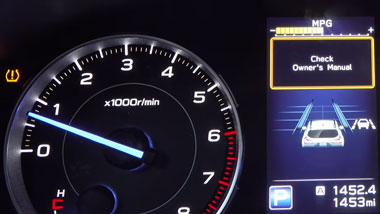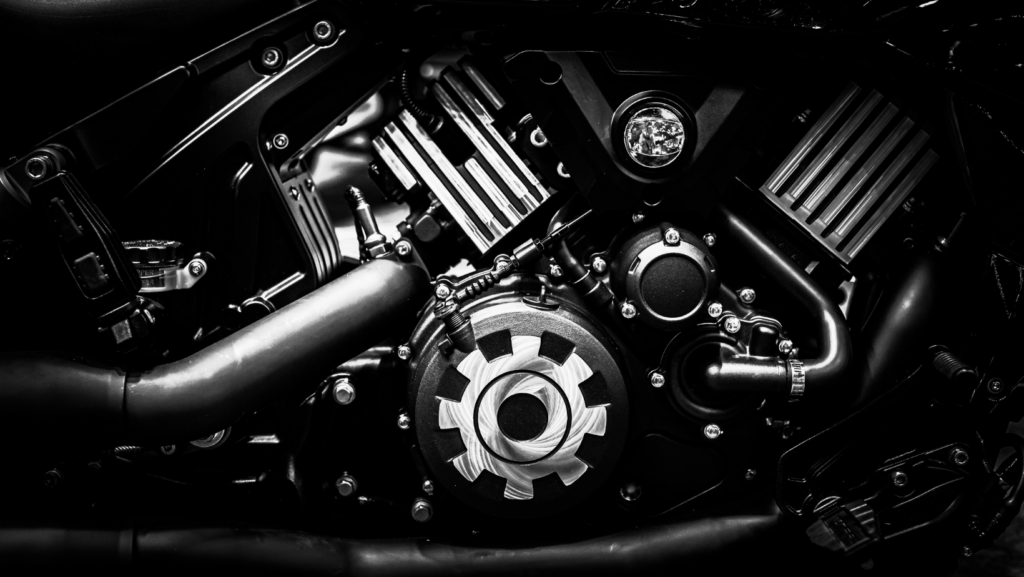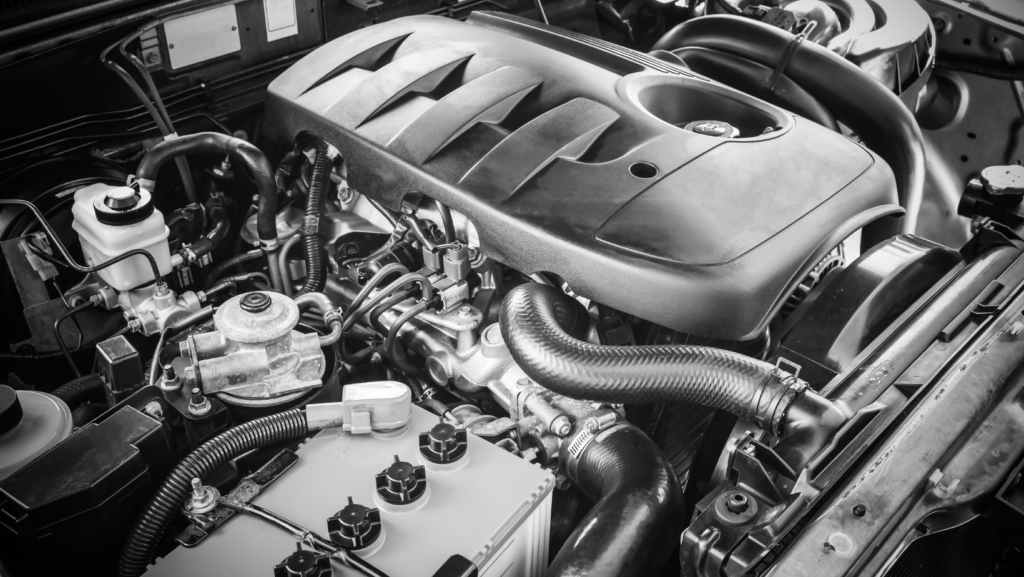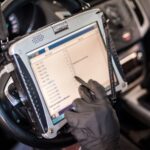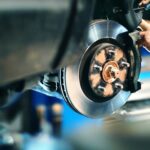Modern vehicles are becoming increasingly advanced, with new technologies being introduced to enhance both safety and convenience. One of the most important technological advancements in recent years is the development of Advanced Driver Assistance Systems (ADAS). These systems are designed to assist drivers in making safer decisions on the road, reducing the likelihood of accidents and improving overall driving comfort. For ADAS to function properly, it is essential that all its sensors are calibrated correctly and regularly. This article will explore the importance of regular ADAS sensor calibration for optimal performance and why it should never be overlooked.
Understanding ADAS and Its Components
ADAS is a collection of electronic technologies that help drivers during driving and parking. The aim of ADAS is to increase vehicle safety and improve the overall driving experience. Some common features of ADAS include lane departure warning, automatic emergency braking, adaptive cruise control, blind-spot detection, and parking assistance. Each of these features relies on a variety of sensors, cameras, radar, and LiDAR (Light Detection and Ranging) systems to function effectively.
These sensors gather data from the vehicle’s surroundings and provide critical information to the driver or directly control certain aspects of the vehicle. For instance, adaptive cruise control adjusts the vehicle’s speed based on the distance from the car ahead, while lane departure warning alerts the driver if the vehicle begins to drift out of its lane without signalling.
The Role of Sensors in ADAS
The effectiveness of ADAS depends heavily on the accuracy and reliability of its sensors. ADAS sensors include cameras, radars, and ultrasonic sensors, each with a specific role in ensuring the safe operation of the vehicle. Cameras are typically used for lane detection, road sign recognition, and detecting objects or pedestrians. Radar sensors help in detecting the distance and speed of nearby vehicles, making them crucial for adaptive cruise control and collision avoidance systems. Ultrasonic sensors, on the other hand, are primarily used for parking assistance by detecting objects that are close to the vehicle.
For these sensors to work accurately, they need to be calibrated correctly. Calibration involves adjusting the sensors to ensure that they are in alignment with the vehicle’s systems and can accurately detect their surroundings. If the sensors are not calibrated correctly, the ADAS features may not work as intended, which could lead to potentially dangerous situations.
What Is ADAS Sensor Calibration?
ADAS sensor calibration is the process of fine-tuning the sensors to ensure that they are aligned properly and functioning at their optimal level. This process is critical because even minor misalignments or inaccuracies in sensor readings can affect the performance of the ADAS features. For instance, if a camera is not calibrated correctly, the lane departure warning system may not detect lane markings accurately, leading to false alerts or, worse, a failure to alert the driver when needed.
Calibration involves a series of tests and adjustments performed by trained technicians using specialized equipment. The process may include adjusting the angles of cameras and radar sensors, ensuring that they are accurately pointing in the right direction and can effectively detect objects or lane markings.
Why Regular Calibration Is Necessary
Regular calibration of ADAS sensors is essential for several reasons. First, the sensors can be easily knocked out of alignment due to everyday driving conditions. Small bumps, potholes, or even minor collisions can cause the sensors to become misaligned. Moreover, changes in the vehicle’s suspension, tire replacements, or even modifications to the vehicle’s bodywork can affect the sensor alignment.
Second, over time, wear and tear can impact the sensors and their mounts. Regular calibration ensures that any such issues are identified and corrected promptly. Inaccurate sensor data can lead to ADAS features malfunctioning, which could compromise the safety of the vehicle and its occupants. Therefore, to maintain optimal performance and ensure the highest level of safety, it is crucial to have regular ADAS sensor calibration.
The Consequences of Neglecting ADAS Sensor Calibration
Neglecting ADAS sensor calibration can have several negative consequences. One of the most significant risks is that the ADAS features may not work correctly. For example, if the radar sensor used for automatic emergency braking is not calibrated correctly, it may not detect a potential collision in time, failing to activate the brakes. Similarly, a misaligned camera may not recognize a pedestrian crossing the road, potentially leading to an accident.
Furthermore, false alerts or unnecessary warnings can become a common occurrence if sensors are not calibrated properly. This can be both annoying and distracting for the driver, reducing their trust in the system. When drivers start ignoring these alerts, it undermines the purpose of having ADAS in the first place, as the system is designed to keep them alert and aware of their surroundings.
From a legal perspective, having a malfunctioning ADAS system due to poor calibration could lead to liability issues in the event of an accident. If it is found that the vehicle’s safety systems were not properly maintained, the driver or owner of the vehicle may be held accountable.
When Should ADAS Sensor Calibration Be Performed?
ADAS sensor calibration should be performed regularly to ensure optimal performance. The frequency of calibration can depend on several factors, including the type of vehicle, the specific ADAS features, and the driving conditions. However, there are certain situations where calibration is particularly necessary:
- After Windshield Replacement: If a vehicle’s windshield is replaced, it is essential to have the forward-facing camera recalibrated, as even a slight misalignment can affect the accuracy of ADAS systems.
- After a Collision: Even a minor collision can affect the alignment of sensors, making recalibration necessary to ensure they work correctly.
- After Suspension or Wheel Alignment Adjustments: Changes to the vehicle’s suspension or wheel alignment can affect the angle and position of the sensors, necessitating recalibration.
- Regular Maintenance Checks: As part of regular vehicle maintenance, it is a good practice to have the sensors checked and calibrated if needed to ensure they are functioning correctly.
The Process of ADAS Sensor Calibration
ADAS sensor calibration is a specialized task that should be performed by trained professionals using the appropriate tools and equipment. The process generally involves two types of calibration: static and dynamic.
- Static Calibration: This type of calibration is performed in a controlled environment, such as a workshop. It involves setting up a specific target board in front of the vehicle and aligning the sensors based on pre-defined standards provided by the vehicle manufacturer. This method ensures that the sensors are positioned and angled correctly.
- Dynamic Calibration: This type of calibration is done while the vehicle is in motion. The vehicle is driven on a specific route under certain conditions to allow the sensors to self-calibrate based on real-world data. This process usually takes longer but can provide a more accurate calibration for certain sensors, such as radars.
Both static and dynamic calibrations are essential for ensuring that all ADAS features function as intended. Depending on the vehicle and the specific ADAS features, a combination of both calibration methods may be required.
Choosing the Right Service Provider
Given the importance of ADAS sensor calibration, it is crucial to choose a reputable service provider with the necessary expertise and equipment to perform the calibration accurately. Not all service centres are equipped to handle ADAS calibrations, as it requires specialised training and tools. When selecting a service provider, consider the following factors:
- Experience and Certification: Ensure that the technicians are certified and experienced in ADAS sensor calibration. They should be familiar with the specific requirements of different vehicle makes and models.
- Advanced Equipment: The service provider should have the latest calibration equipment, including target boards, diagnostic tools, and specialised software required for different ADAS systems.
- Reputation and Reviews: Check online reviews and ask for recommendations to find a reliable service provider known for their quality of service.
- Transparency and Pricing: Choose a provider that offers transparent pricing and explains the calibration process in detail. Avoid providers who offer suspiciously low prices, as this may indicate subpar service.
The Future of ADAS and Calibration Needs
As automotive technology continues to evolve, the importance of regular ADAS sensor calibration will only increase. The future of ADAS points towards more advanced features, such as fully autonomous driving, which will rely even more heavily on accurate sensor data. As these systems become more complex, regular calibration will be vital to ensure they operate safely and effectively.
Moreover, advancements in sensor technology, such as 3D cameras and more sophisticated radar systems, will require even more precise calibration methods. Therefore, staying up-to-date with the latest developments in ADAS technology and calibration techniques is essential for both vehicle owners and service providers.
Conclusion
In conclusion, regular ADAS sensor calibration is crucial for maintaining the optimal performance of advanced driver assistance systems. As these systems play a vital role in enhancing vehicle safety and convenience, ensuring that their sensors are calibrated correctly cannot be overlooked. Regular calibration helps prevent potential malfunctions, false alerts, and accidents, thereby protecting both the driver and other road users.
Vehicle owners should always be mindful of the need for ADAS sensor calibration, especially after events such as windshield replacement, minor collisions, or any adjustments to the vehicle’s alignment. Choosing a reputable service provider with the necessary expertise and equipment is also essential to ensure accurate calibration. With the continuous advancements in ADAS technology, the importance of regular calibration will only grow, making it a fundamental aspect of vehicle maintenance for years to come.




